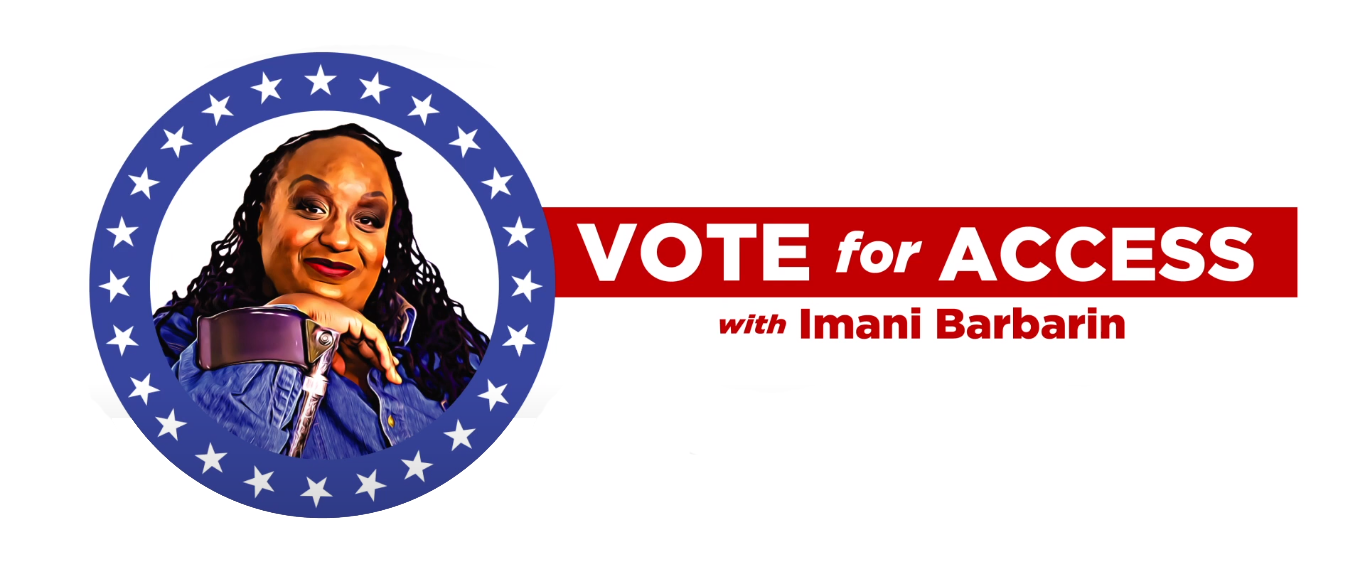
More than 14 million citizens with disabilities reported voting in the November 2018 US elections. But if people with disabilities voted at the same rate as non-disabled voters, there would have been an estimated 2.3 million more voters participating. What is getting in the way of voters with disabilities exercising their Constitutional right?
Well, for many of those who do not participate in elections the problem is accessibility. They either can’t get to the polling place, the polling place is not accessible, the ballot is not accessible or the means of voting is not accessible. The reasons are far reaching and range from the subtle to the absurd. But the truly disturbing part of all of this is that citizens with disabilities are guaranteed the right to vote privately and independently, a right that’s been reinforced multiple times in various laws dating back to the 1960s.
Accessible voting has again been thrust into the spotlight in this age of Coronavirus. States and countries around the world are scrambling to expand vote by mail and other channels to reduce crowds at polling places. But paper vote-by-mail ballots are not accessible to people with visual disabilities. Finding solutions is not an easy task in this case. Sadly, many other barriers to accessible voting are quickly and easily fixed. There simply needs to be political will and enforcement of existing law.
Vote for Access, a five-part series of video shorts looks at the many issues around accessible voting. Host Imani Barbarin, a disability advocate, peels back the many layers of this problem and offers actions and resources. You can find the series here.
Smartmatic’s VSAP ballot marking device is perhaps the most accessible voting machine in the world. You can learn more about it by clicking here.